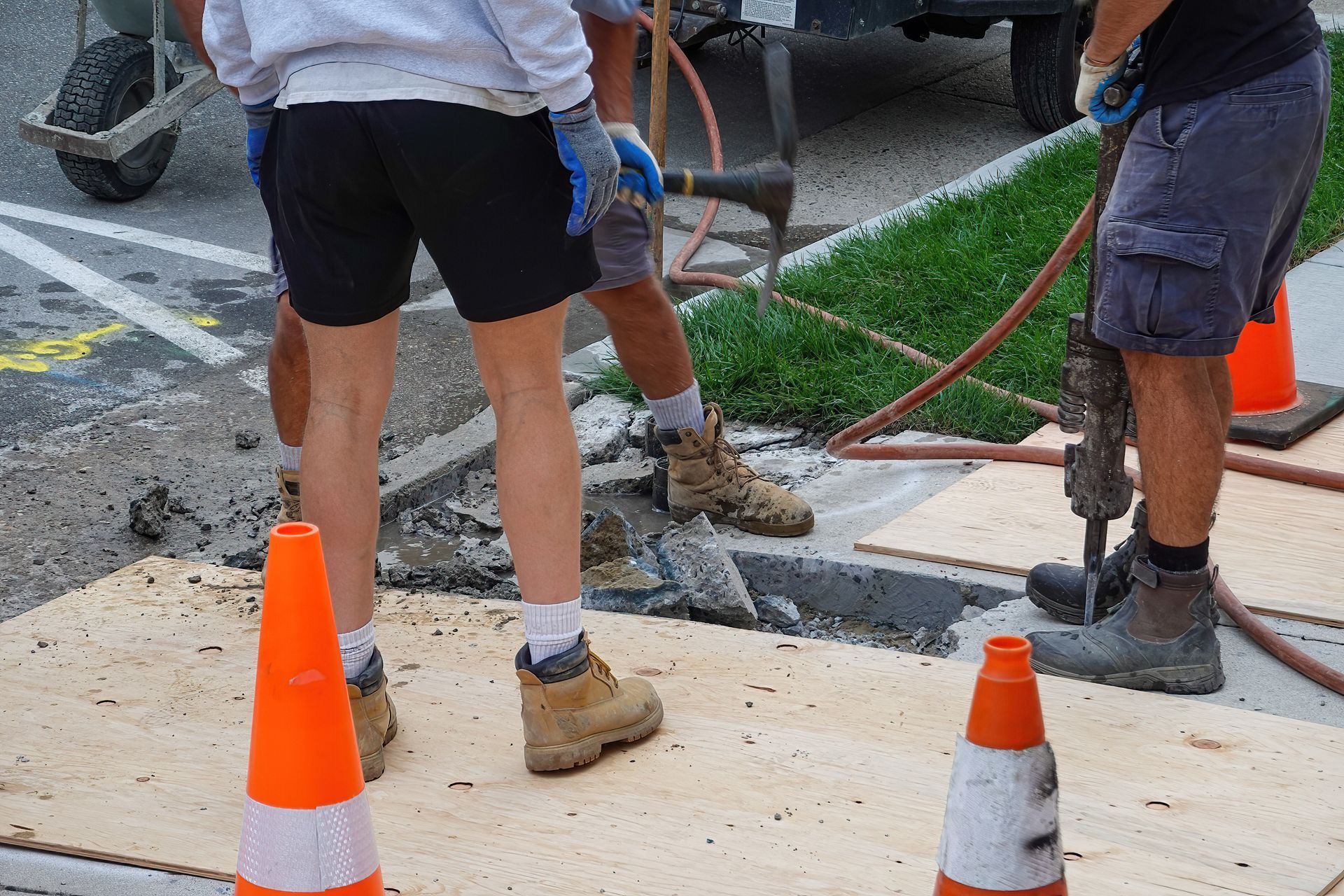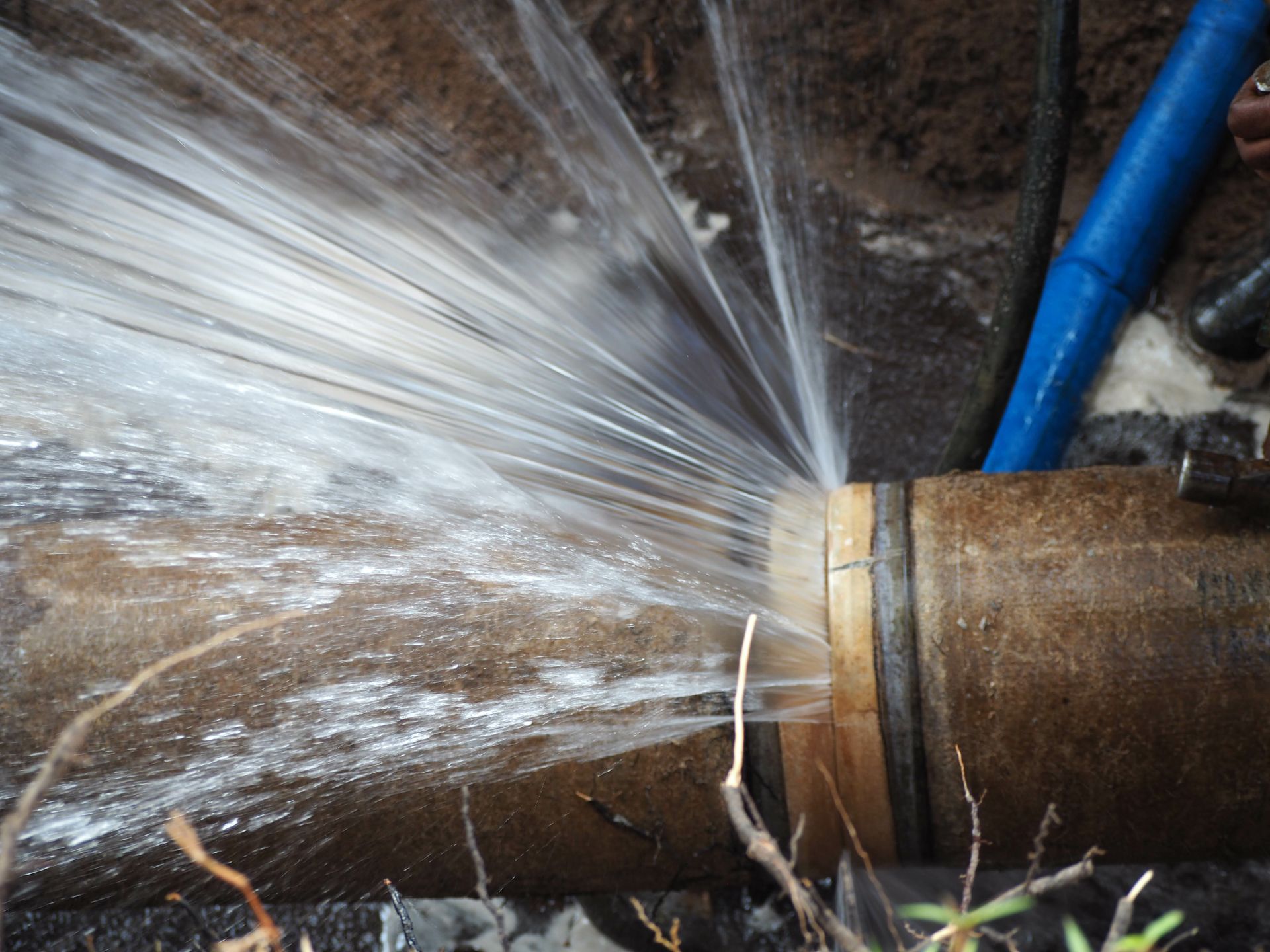Why Sewer Line Damage Often Goes Unnoticed in Fort Worth Homes

Most plumbing problems that happen inside your home are hard to miss. The audible dripping of a leaky faucet or showerhead might keep you up at night. A burst pipe causes noticeable water damage and prompts an emergency plumbing call right away. Water heater problems will become obvious as soon as you try to take a shower.
Sewer line problems are the exception. The main line runs underground, often 40 to 100 feet from your home to the city connection. A break can occur anywhere along that path. Since the pipe is buried and the flow continues, at least partially, after the line is damaged, a problem can grow quietly for months before homeowners realize there’s an issue.
Why Sewer Line Leaks Develop Slowly
Unlike a pressurized supply pipe, a sewer line depends on gravity, not pressure. That’s why damage doesn’t create an immediate, dramatic failure. A small crack, offset joint or partial root intrusion allows wastewater to escape into the soil while most of it still reaches the sewer.
Because the system remains partly functional, there’s no sudden loss of service. What happens instead is gradual:
- Soil surrounding the leak becomes saturated and unstable.
- Pipe bedding begins to erode.
- Waste flow slows slightly and may cause only minor blockages that you attribute to some other cause.
Over time, the added stress causes a weak sewer line section to collapse or fully separate, which is when the problem becomes impossible to miss. Many Fort Worth homeowners first notice the issue after multiple drains back up or start draining slowly, or a soft, foul-smelling area develops in their yard.
Common Causes of Sewer Line Damage in Fort Worth
- Expansive clay soils: Fort Worth sits on clay-heavy ground that shrinks in the summer and swells when rehydrated in fall. These repeated cycles flex and crack buried pipes, especially older clay and cast-iron lines.
- Tree roots: Mature trees common in older neighborhoods like Arlington Heights, Tanglewood and Forest Hill send roots deep underground searching for moisture. Even a hairline gap in a joint can become a major entry point.
- Aging materials: Homes built before the 1980s often have vitrified clay tile or cast-iron pipes. Both degrade over decades. Cast iron tends to corrode internally, while clay joints loosen with ground movement.
- Ground settling and construction: Soil compaction around new additions, driveways or pool installations can shift existing lines. Heavy equipment vibration can also destabilize buried joints.
- Seasonal moisture: While fall rainfall doesn’t cause damage directly, it can accelerate existing weakness by adding hydraulic pressure and revealing leaks when surrounding soil softens.
The Hidden Consequences of a Minor Leak
A slow leak might not cause immediate disruption, but it sets off a chain of problems below the surface. Wastewater escaping the pipe undermines soil support, which allows the pipe to sag. That low point, known as a ‘belly,’ collects solids and further restricts flow. The leak also creates a damp pocket that draws in tree roots, which widen the gap and worsen the clog.
These conditions can persist for six months to two years before total failure. By that point, the pipe may have partially collapsed or separated, leading to complete backups and potentially expensive yard excavation. Early inspection is the only reliable way to detect the problem before it reaches that stage.
Signs You Should Schedule a Sewer Line Inspection
Most homeowners don’t think about their home’s sewer line until a backup happens, but there are earlier clues that something’s wrong. Contact a plumber for a sewer line inspection if you notice:
- Multiple drains slowing down at once: Indicates a blockage deep in the main line rather than a local clog.
- Persistent sewer odors: Smells inside or outside the home often signal a breach allowing gases to escape.
- Unexplained wet spots or depressions in the yard: Leaking wastewater can saturate soil and cause visible sinkage.
- Gurgling or bubbling from toilets: Air escaping through the line points to partial obstructions or venting issues.
- Recurrent backups after cleaning: Suggests structural damage rather than debris buildup.
Why Fall Is the Right Time to Catch Sewer Line Problems in Fort Worth
Autumn is an ideal time for inspection because Fort Worth’s soil is in transition. After the long, dry summer, the clay begins to absorb moisture again, expanding and putting fresh stress on buried pipes. Small cracks often widen during this seasonal shift, exposing weak joints that may not have leaked before.
Detecting and repairing issues in fall prevents additional movement when winter brings colder, drier conditions that can further contract the soil.
If you suspect your home may have sewer line issues, now is the time to call Tom’s Mechanical at 817-277-4493 for a professional sewer line inspection.



